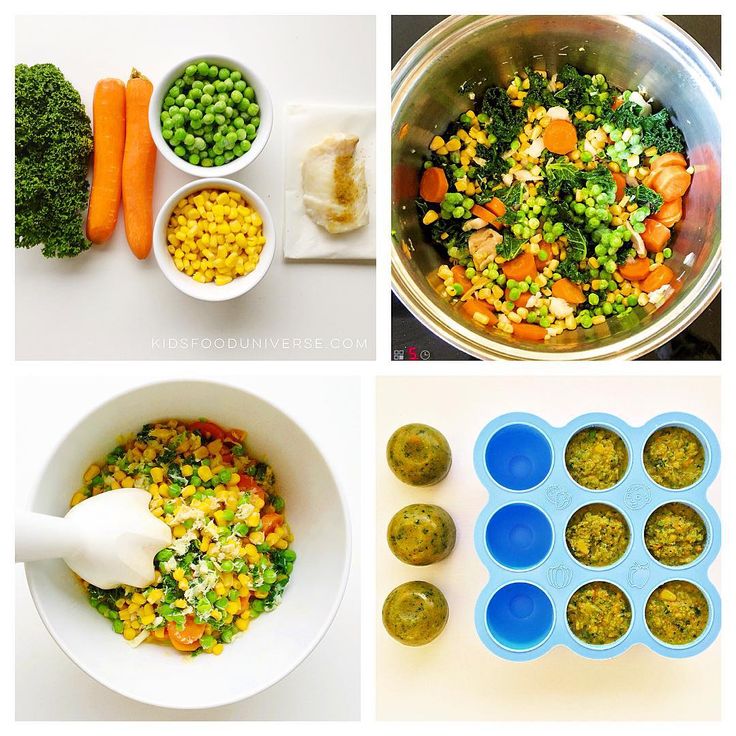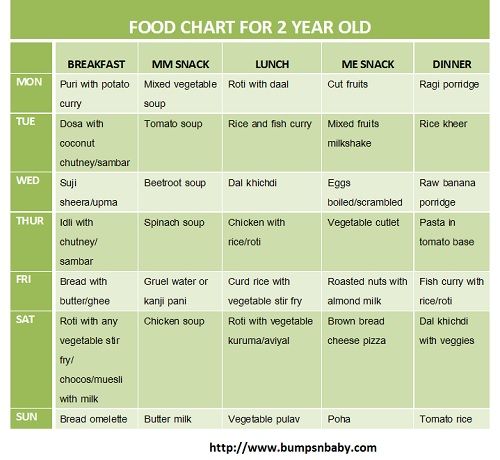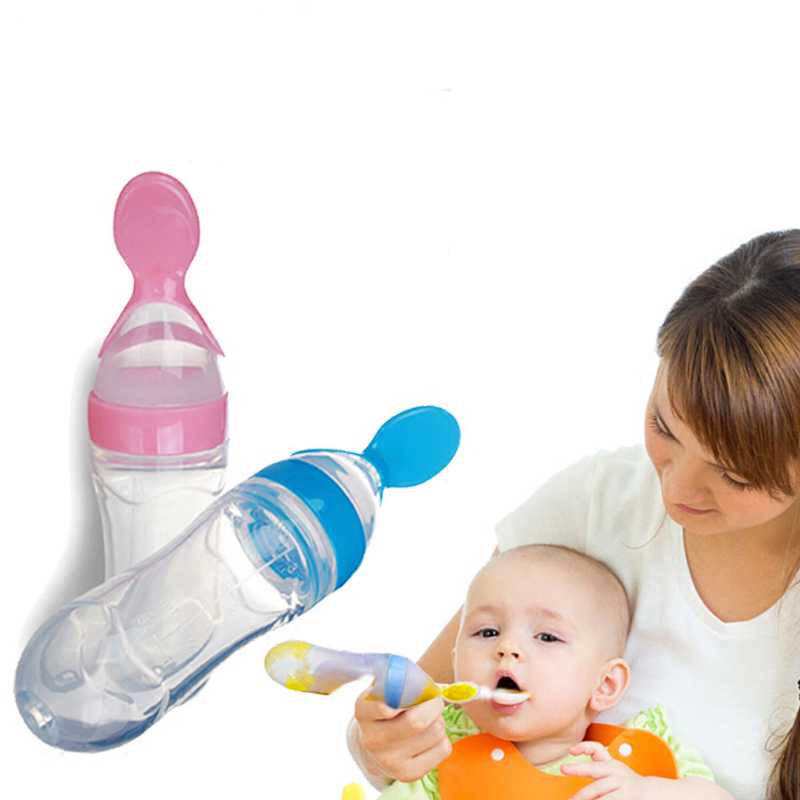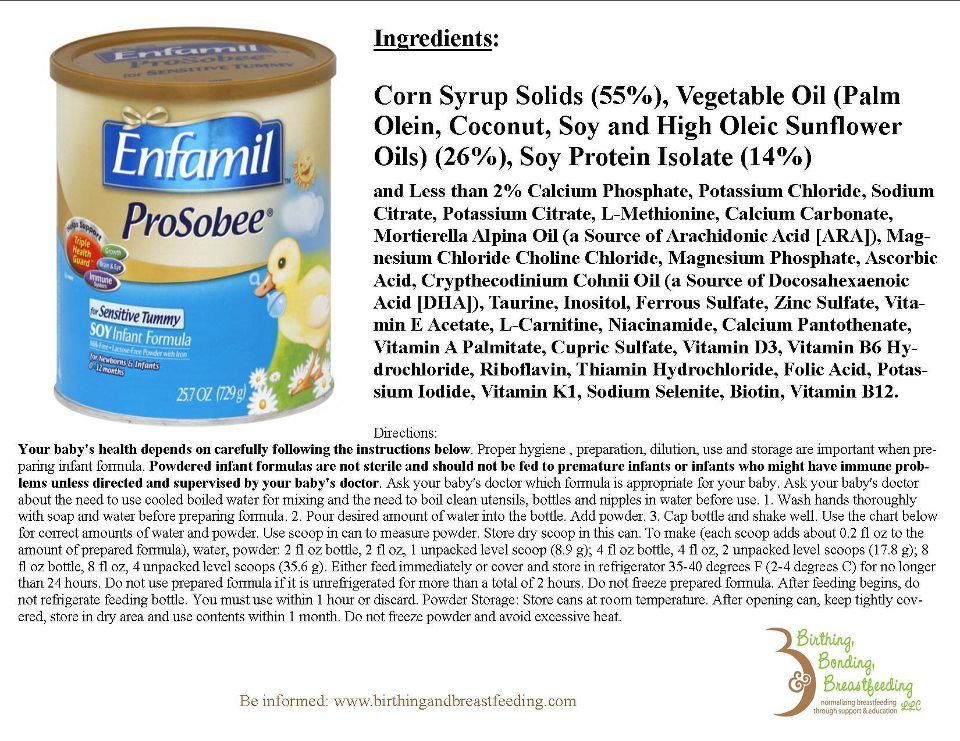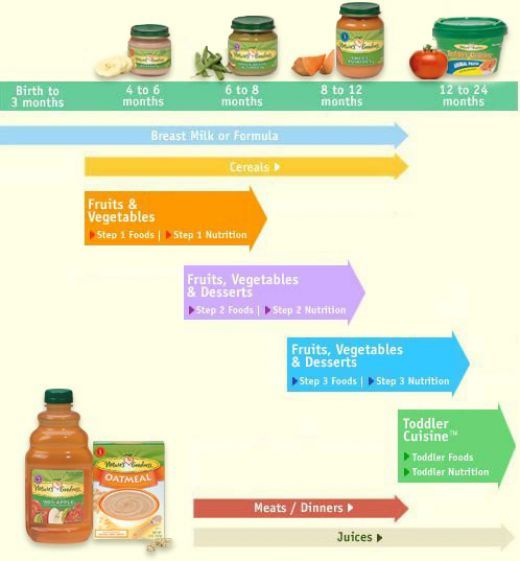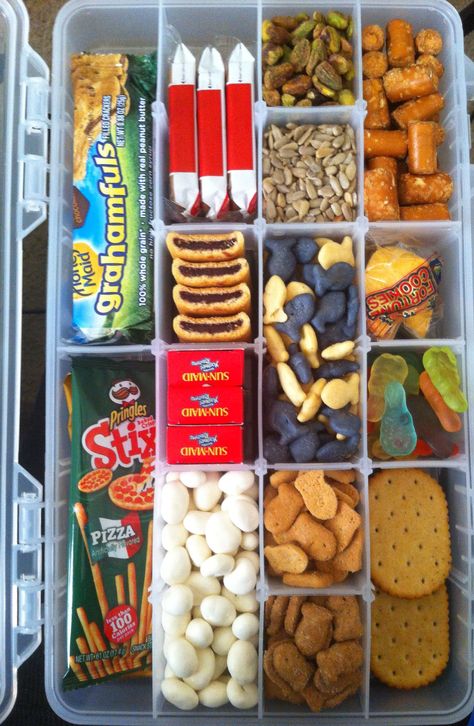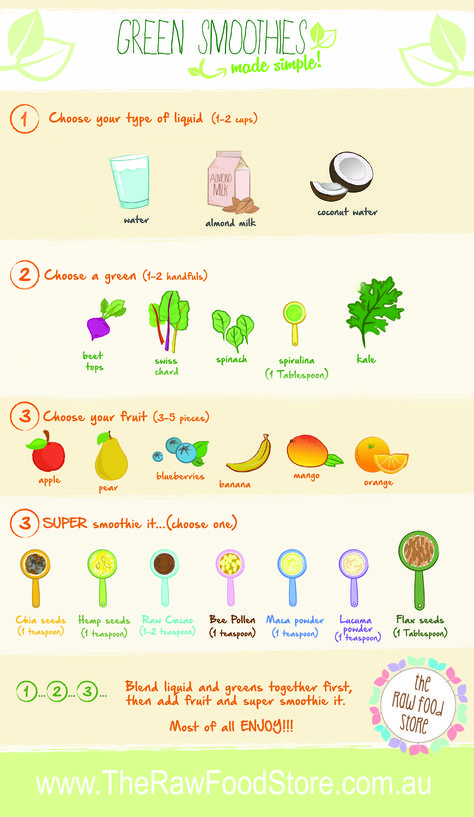How much to feed a baby rabbit daily
A Healthy Diet For Young Rabbits
Many people bring home a rabbit when they are still just a young bunny. But most of the information you find about rabbit care and health is directed toward adult rabbits. You may find very helpful information about how to keep an adult rabbit on a healthy diet, but what about your new baby bunny?
Young rabbits are growing bunnies! They have special dietary needs that differ from their adult counterparts. The amount that you feed your rabbit and even the type of food that they need is different for a young bunny. Then, of course, there is a transition period. As your rabbit grows up, they’ll need to be safely transitioned from a young rabbit diet to an adult rabbit diet.
Important: This page may contain affiliate links. As an Amazon Associate and an associate to other companies I earn a small commission from qualifying purchases.
Baby bunnies (under 8 weeks old)
Baby rabbits should not be separated from their mother until they are older than 2 months. This helps to ensure that the baby rabbits have developed a fully functioning immune system by digesting their mother’s milk and cecal droppings. There are many states in the U.S. that even ban the sale of rabbits under 2 months because of the danger it poses to the newborn rabbit.
Baby rabbit diet
Baby bunnies, also called kittens, should not be weaned off of their mother’s milk until they are about 8 weeks, or 2 months, of age. These tiny bunnies need the high concentration of fat and protein that is found in rabbit milk so that they can grow up big and strong. The babies also depend on the antibodies they receive from their mother’s milk to protect them from infection and disease since they don’t have a fully functioning immune system of their own yet.
When they are babies, rabbits need to have access to their mother’s milk. They should not be fully weaned until they are 8 weeks old.Once the kittens are about 3 or 4 weeks old, they will start exploring a little bit around the nest area. At this point, it will be okay to start introducing solid foods into their diet. You can provide some alfalfa hay and alfalfa pellets for the babies to munch on, but their main food source will still be the milk from their mother.
At this point, it will be okay to start introducing solid foods into their diet. You can provide some alfalfa hay and alfalfa pellets for the babies to munch on, but their main food source will still be the milk from their mother.
As the babies reach 7-8 weeks old, the amount of dry pellets and hay should be increased so they have some to munch on all the time. However, they should still have access to their mother during this time so they can drink milk. They’ll also be able to eat some of her cecal droppings to improve their immunity and digestion. The baby rabbits will also start to produce their own cecotropes as their digestive systems begin working properly. You should also make sure your rabbits have access to fresh water as they are weaned off of their mother’s milk.
| Age | Diet |
| 0-3 Weeks | Mother’s milk |
| 3-7 Weeks | Mother’s milk and some access to alfalfa hay and alfalfa pellets |
| 7-8 Weeks | Mother’s milk and constant access to alfalfa hay and alfalfa pellets |
Abandoned or orphaned baby bunnies
If you have orphaned or abandoned rabbits that cannot drink their mother’s milk, do not replace it with cow’s milk.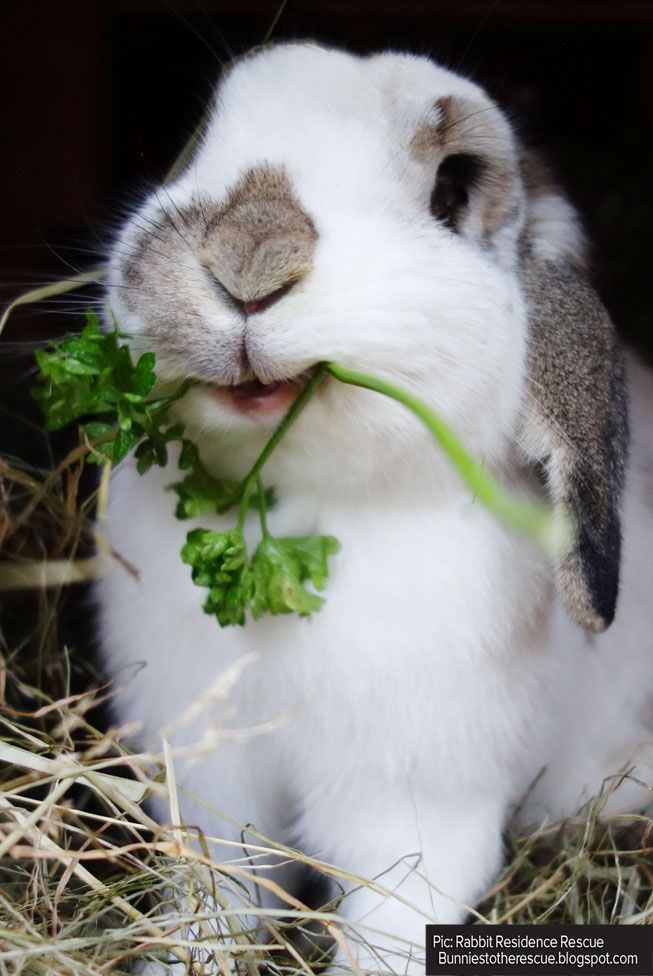 There are no direct replacements you can buy for rabbit milk, so the best alternatives you can use are kitten formula or goat’s milk. A milk replacer for puppies is also an option if you can’t find one of the former.
There are no direct replacements you can buy for rabbit milk, so the best alternatives you can use are kitten formula or goat’s milk. A milk replacer for puppies is also an option if you can’t find one of the former.
In these cases, you will have to attempt to syringe feed the baby bunnies until they are able to drink for themselves. You will need to syringe feed your babies 2 times per day.
Sadly, if a rabbit is orphaned there are high chances that they will not survive. Baby rabbits have very delicate digestion, and it’s just too easy for something to go wrong. The House Rabbit Society offers some advice to care for orphaned or abandoned domestic rabbits:
| Age | Amount to Feed |
| Newborn | 2.5 mL twice a day |
| 1 Week Old | 6-7 mL twice a day |
| 2 Weeks Old | 12-13 mL twice a day |
| 3-6 Weeks Old | 15 mL twice a day |
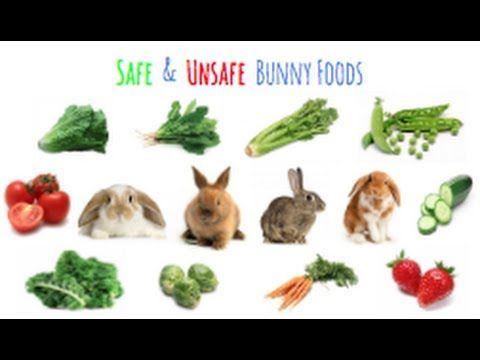 They should also be introduced to leafy greens and have a small amount on a daily basis.
They should also be introduced to leafy greens and have a small amount on a daily basis.Young rabbits (2-6 months)
Once a young rabbit reaches 2 months old, they should be separated from their mother and have a diet of all solid food. However, they will still have a diet that differs from adult rabbits. These bunnies are still growing a lot! They need more protein and calcium in their diets to make sure they grow up to be healthy rabbits.
Hay
Unlike adult rabbits, who should receive mostly timothy hay, young rabbits should have a supply of alfalfa hay. Alfalfa hay has a much higher amount of protein and calcium, which makes it ideal for a growing bunny. You’ll want to make sure your rabbit has an unlimited amount of alfalfa hay, so they’ll always have something to munch on.
Hay should be a large portion of your rabbit’s diet because it promotes good digestion and healthy teeth. It’s not going to make up as large a percentage of the diet as it does for adult rabbits, but you still want to make sure your young bunny is munching on hay every day.
Luckily, alfalfa hay tends to be yummier for rabbits, making it more likely they will munch on it. Alfalfa hay is slightly sweeter and softer than adult rabbit timothy hay, so usually, young rabbits will be happy to nibble on it.
Some rabbits prefer to eat hay from higher levels. Try purchasing or creating a hanging hay rack or a raised hay trough that can be attached to the side of the rabbit enclosure.Pellets
Pellets are very important to a young rabbit’s diet. This rabbit food has higher levels of proteins, nutrients, and calcium than hay, and it’s made to help rabbits put on weight. Young rabbits should be given an alfalfa-based pellet blend because it will promote healthy growth for young rabbits.
You want to make sure to give your young rabbit a healthy brand of pellets. Stay away from any blend that has lots of colorful pieces, or dried pieces of fruits, vegetables or seeds. These have added sugar, and usually include pieces that are bad for a rabbit’s digestive system.
Instead, opt for a bag of just plain, brown pellets. Check the ingredients to make sure that Alfalfa hay (or alfalfa grass) is the number one ingredient on the list.
I recommend Oxbow’s pellets for young rabbits. Oxbow is a well-known and respected brand in the rabbit community. They have fortified pellets made with a healthy list of ingredients and all the necessary vitamins and nutrients to help your rabbit grow up healthy.
How much dry food should you give your young rabbit?
Most guides for a young rabbit diet will encourage you to give your rabbit an unlimited supply of pellets. However, I offer this advice with some caution because you want to make sure your rabbit is also eating their hay.
Most rabbits will prefer pellets to hay. Therefore, when they have unlimited pellets available, they may end up completely ignoring their pile of hay. Watch your rabbit to see what their behavior is. If giving them unlimited pellets means they don’t touch their hay at all, then you will need to limit their pellets a little bit.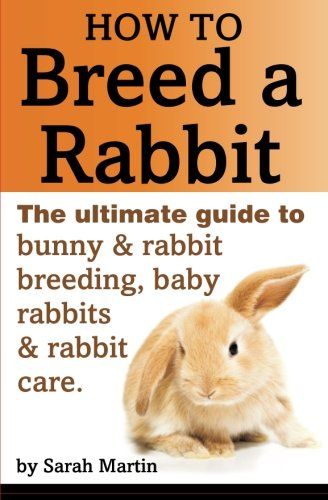
If your young rabbit is ignoring their hay and eating only pellets, then limit the pellets to about ¼ cup per day for every 2 pounds that a rabbit weighs. This is not an exact measurement, and you may need to adjust the amount for your rabbit. Watch your rabbit to make sure they are still energetic and happy, and be sure they are maintaining healthy body weight as they grow.
Leafy greens
When a rabbit is about 3 months old, you can start to introduce some leafy greens into their diet.
Take it slow and only introduce one type of leafy green vegetable at a time. This will help to ensure that nothing is causing an imbalance in your rabbit’s digestion.
The first time you give your rabbit a new leafy green you want to give them only a small amount to introduce the new food. Only give them 2-3 sprigs of parsley, for example. Over the next couple of days, you can increase the amount that you give your rabbit as their digestion gets used to the new food.
After you’ve given one type of green for a week, you can introduce another kind. Even as your rabbit grows to be an adult, you’ll want to introduce new foods slowly.
Try to give your rabbit their food at the same time every day to get them used to a daily routine.How much leafy greens should you give your young rabbit?
You don’t want to give your young bunny too many leafy greens at this stage in their life. Their digestion is more sensitive right now and can more easily become unbalanced. Therefore, you want to very gradually increase the amount of green you give your rabbit until you give them about 1 cup per day for a 5-pound rabbit.
You can start to diversify the leafy greens that your rabbit eats. Giving your rabbit three varieties of greens per day is an ideal goal to have. But you still want your rabbit’s main foods to be their pellets and hay.
Treats
It’s best to avoid giving young rabbits any sweet treats for the time being. Their digestion is still developing at this time and can easily be unbalanced by the introduction of highly sugary foods.
Their digestion is still developing at this time and can easily be unbalanced by the introduction of highly sugary foods.
These sweet foods that you should avoid giving young rabbits are foods that are typically considered healthy for humans. Fruits like berries, bananas, and apples have a high sugar content for rabbits, and vegetables like carrots, tomatoes, and bell peppers do too. This means you should not give your rabbit too many fruits and vegetables during this stage in their lives. Sweet human foods, like candy and cookies, should never be given to rabbits.
Water bowls are usually the better option for a pet rabbit. Sometimes a rabbit will be a sloppy drinker or try to flip over the bowl. In those cases a water bottle is a good option.Water
By this time, your young rabbit should be weaned off of their mother’s milk and should be fully independent. This means they should have constant access to fresh water so they can stay healthy and hydrated.
It’s best if you can give your rabbit their water in a dish instead of a bottle since this is a more natural way to drink.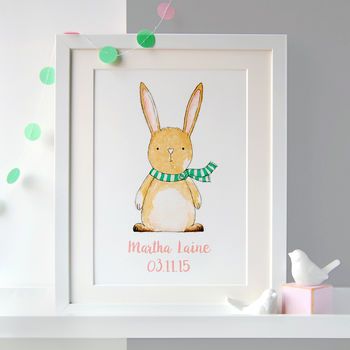 However, there are some occasions where you will want to provide them with a bottle instead.
However, there are some occasions where you will want to provide them with a bottle instead.
- If your rabbit is a messy drinker. If having a bowl means your rabbit ends up getting soaked with water because they are a sloppy drinker, then you’ll want to give them a bottle for the time being. Try to reintroduce a bowl after a couple of months and see if they’re a little bit neater.
- If your rabbit flips over their bowls. You don’t want your rabbit to flip over their water bowl and have no more water until you notice the mess. You can try giving your rabbit a heavier, ceramic bowl, but you also may have to give them a water bottle instead.
Transitioning to an adult diet (6 months – 1 year)
After rabbits reach 6 months old, they will need to be slowly transitioned to a healthy adult diet. During this time, the young rabbits are still growing, so they’ll need more food than adult rabbits, however, adjustments should be made to the diet over time and not all at once.
During this time, the young rabbits are still growing, so they’ll need more food than adult rabbits, however, adjustments should be made to the diet over time and not all at once.
As with a young rabbit diet, you don’t want to make any drastic changes to a rabbit’s transitional diet in a short period of time. You want to make sure that you give your rabbit’s digestion time to adjust to their healthy adult diet.
You can get fun toys for your rabbit where you can hide treats in a pile of hay. This will encourage your rabbit to munch on hay until they can get to the yummy treat.Hay
Timothy is much healthier for an adult rabbit diet than alfalfa hay. When your rabbit reaches 6 months old, you’ll want to start to transition them to a timothy-based diet and slowly phase out the alfalfa hay.
To do this, you’ll first want to add in small handfuls of the timothy hay to the alfalfa hay your rabbit already gets. Over the next number of months, you’ll want to increase the percentage of timothy hay you give your rabbit and decrease the amount of alfalfa hay they get.
Unfortunately, this transition can be difficult for many rabbits. Alfalfa hay is usually much tastier and easier to eat than timothy hay. Many young rabbits will protest the change. What can you do to encourage your picky rabbit to eat their hay?
- Mix in other types of hay. Timothy hay is best for rabbits, but there are other kinds that are also good for a rabbit’s digestion. Add in handfuls of other grass-based hays, such as orchard hay, oat hay, or meadow hay to make the transition more appetizing to your young rabbit.
- Look for fresh brands of hay. Fresh hay tastes better than old, browned hay. I like to get my hay from an online store called Small Pet Select. They have impressed me with the quality of their hay and I never hesitate to recommend them. Check out their timothy hay for your growing bunny (and get 15% off your first order by using the code BUNNYLADY at checkout)
- Place the hay near the litter box.
 Rabbits like to munch and poop at the same time, so placing the new timothy hay near the litter box can encourage them to nibble on it.
Rabbits like to munch and poop at the same time, so placing the new timothy hay near the litter box can encourage them to nibble on it. - Hide treats in hay. You can hide dried herbs or pieces of dried fruit in the hay pile. You could even make toys with toilet paper tubes where you hide a treat in the middle and cover it with hay.
Pellets
Just like with hay, you’ll want to transition your rabbit from alfalfa-based rabbit food pellets to timothy-based rabbit food pellets. Your rabbit is still growing during this time, but not as rapidly as they do during the first 6 months. They won’t require as much excess protein and calcium that the alfalfa pellets give them.
As with the alfalfa pellets, you’ll want to make sure the timothy mixture you give your rabbit does not have any extra colorful pieces in it. Excess sugar is bad for a rabbit’s health and digestion, so sweet fruits, and vegetables should only be given as treats.
I again recommend the Oxbow brand.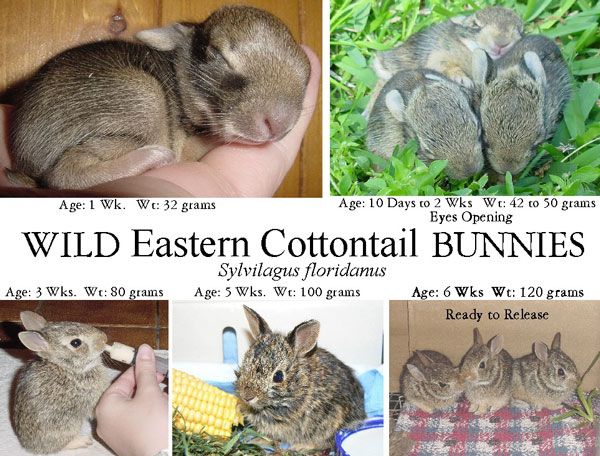 They have Garden Select Pellets for adult rabbits, making it easy to transition from the young rabbit pellets.
They have Garden Select Pellets for adult rabbits, making it easy to transition from the young rabbit pellets.
When transitioning your rabbit to a new food, you want to take it slow. Don’t replace all of your rabbit alfalfa pellets with timothy pellets all at once, since this could be a shock to their digestion. Instead over the course of 3-4 months, you’ll want to slowly decrease the percentage of the alfalfa pellets you give your rabbit and increase the amount of timothy pellets.
- Month 1: 75% alfalfa pellets + 25% timothy pellets
- Month 2: 50% alfalfa pellets + 50% timothy pellets
- Month 3: 25% alfalfa pellets + 75% timothy pellets
- Month 4: All timothy pellets
You will also need to decrease the amount of pellets you give your rabbit during this period of time. They are still growing bunnies, so you’ll want to give them more pellets than an adult rabbit, but you’ll want to limit the amount you give them.
During this transitional stage of your rabbit’s life, you’ll want to give them about ¼ cup of pellets for every 3 pounds that they weigh. Once your rabbit reaches their adult weight, you’ll want to reduce the amount even further to about ¼ cup for every 5 pounds that your rabbit weighs.
Leafy Greens
You can also start to increase the amount of fresh leafy greens you give your rabbit on a daily basis. As their digestion is able to handle more variety, you can double the amount that you give your rabbit.
How much leafy green vegetables should a rabbit have daily?
| Weight of the rabbit | Maximum amount of leafy greens |
| 2 lbs | 1 cup |
| 3 lbs | 1.5 cups |
| 4 lbs | 2 cups |
| 5 lbs | 2.5 cups |
| 6 lbs | 3 cups |
| 7 lbs | 3.5 cups |
| 8 lbs | 4 cups |
| 9 lbs | 4. 5 cups 5 cups |
| 10 lbs | 5 cups |
You still want to be sure to introduce new leafy greens gradually, but your rabbit can have a lot of different varieties. Try to give them a lot of choices to find out what they like best. For some ideas try these:
- Arugula
- Basil
- Bok choy
- Broccoli leaves
- Butter lettuce
- Cabbage
- Carrot Tops
- Cilantro
- Collard greens
- Dandelion greens
- Dill
- Frisee lettuce
- Leafy lettuce
- Kale
- Lemongrass
- Mint
- Oregano
- Parsley
- Peppermint
- Radicchio
- Romaine lettuce
- Rosemary
- Sage
- Spinach
- Spring greens
- Thyme
- Turnip greens
- Watercress
- Wheatgrass
- Yu choy
Treats
Once your rabbit reaches 6 months old, you can start to introduce some yummy treats for them. You do not want to give your rabbit too many treats. That can mess with their balanced diet and cause problems with their digestion. Keep the treats you give your young rabbit to 1 tablespoon or less per day.
You do not want to give your rabbit too many treats. That can mess with their balanced diet and cause problems with their digestion. Keep the treats you give your young rabbit to 1 tablespoon or less per day.
As with all other foods, you want to introduce treats to your rabbit slowly. The first time you give a new type of fruit or vegetable to your rabbit, only give them a very small piece to make sure their digestion can handle it. Over the next couple of days, you can increase the amount of that treat you give your rabbit a little bit, but continue to limit the total amount of sweet foods you give your rabbit.
What kinds of treats are safe for rabbits?
Bags of mixed treats marketed toward rabbits in pet stores are often not good for rabbits. They usually contain a lot of added sugars or seeds and nuts that rabbits shouldn’t be eating. So you want to be careful about the types of treats you give your rabbit.
Some treats that are safe for rabbits:
- Fresh or dried fruits and vegetables (make sure there is no added sugar)
- Baked hay treats.
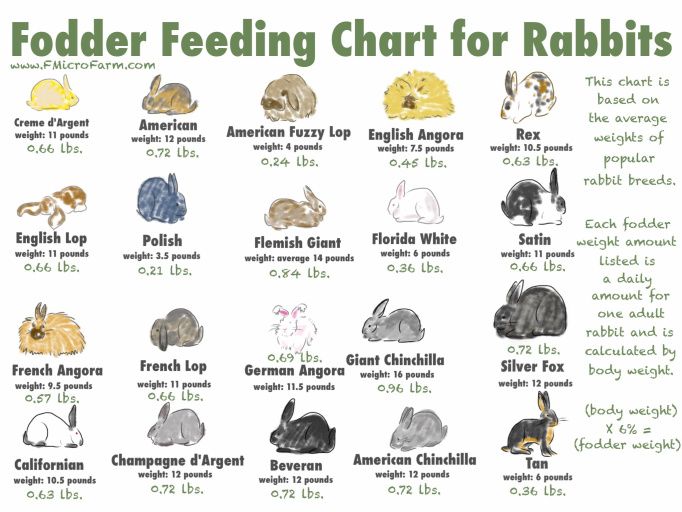 Oxbow has a variety of flavors of baked hay treats. These are especially good because they are hay-based, making them healthy for your rabbit.
Oxbow has a variety of flavors of baked hay treats. These are especially good because they are hay-based, making them healthy for your rabbit. - Dried herbs. The only place where I’ve seen herb blends being sold is Small Pet Select. They have a number of herbal blends that also have mild medicinal properties to keep your rabbit healthy. (don’t forget to take 15% off your order with the code BUNNYLADY)
- DIY treats. You can try making your own treats using your rabbit’s pellets and some fresh fruit and vegetables.
How to tell if your young rabbit has a healthy diet
All rabbits grow at different rates, so the specific guidelines given are not always accurate for your specific rabbit’s situation. During this growing phase, you will need to keep an eye on your rabbit to make sure they are healthy and no adjustments need to be made to their diet.
How to know your rabbit is healthy:
- Energy levels.
 Most young rabbits are energetic little balls of fluff. They’ll be zooming around, and they’ll be very curious about the world around them.
Most young rabbits are energetic little balls of fluff. They’ll be zooming around, and they’ll be very curious about the world around them. - Healthy appetite. Young growing rabbits with lots of energy should also be eating quite a bit. Make sure they are eating both their pellets and their hay for a balanced diet.
- Healthy pooping. Young rabbit poop should be round ‘cocoa puff’ looking droppings. They should not be squishy or deformed. Rabbits also poop little, soft clusters called cecotropes that rabbits should reingest. If you notice a lot of these around uneaten, it may mean your rabbit is not eating enough hay.
- Bodyweight. While you are petting your rabbit, check to make sure they have a healthy amount of fat as they grow. You should be able to feel their spine, ribs, and hips, but these bones should not feel sharp to the touch.
Sources:
- “Rabbit Food.” House Rabbit Society, https://rabbit.
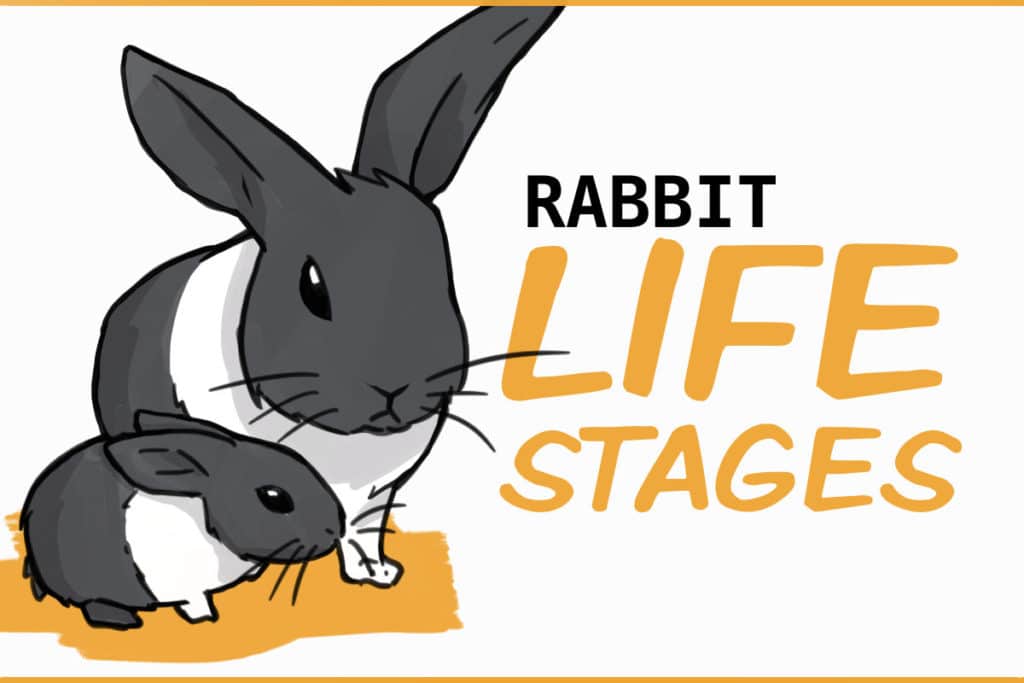 org/faq-diet.
org/faq-diet.
Tips and Tricks Newsletter
If you are new to caring for rabbits, check out the Bunny Lady bimonthly newsletter. Right after you sign up, you’ll receive a FREE pdf rabbit care guidebook. I put together a guide that goes over all the basics of rabbit care so you have it all in one place. Then you will receive tips and tricks about rabbit care straight to your inbox so that you know you’ll be taking excellent care of your new rabbit.
SIGN UP
Related Posts
Rabbit Diet 101: What to Feed Your Rabbit
LEARN MORE
How to Care For Your Rabbit Through All Their Life Stages
LEARN MORE
Diet for Young/Baby Rabbits
Rabbit House > Rabbit Diet & Nutrition >
What you feed you rabbit has a big impact on their health and well-being. Feeding the correct diet to a young rabbit will support their growth and help them form good eating habits, which in turn will help avoid many diet related issues in adulthood.
Although young rabbits eat the same types of foods as adults, we need to take into account the different nutritional needs of their growing bodies and the extra sensitivity of their developing digestive system.
Baby rabbits' diet
Like all mammals rabbit's initial diet is their mother's milk, which they'll continue to drink until 6-8 weeks old. They first start nibbling on solids (usually hay from around the nest) between 2-3 weeks and by 3-4 they'll be eating the same foods as their mum (plus milk).
As rabbits are weaning between 6-8 weeks their digestive system is adjusting from milk to adult solids, which is a particularly sensitive time and why rabbits should stay with their mother for a minimum of 8 weeks. If your rabbit is younger than 8 weeks: one, never get a rabbit from that source again they shouldn't be selling them, and two, you'll need to be particularly careful about your bunny's diet and try to avoid any changes.
Consistency
One of the key points in feeding any young rabbit is consistency.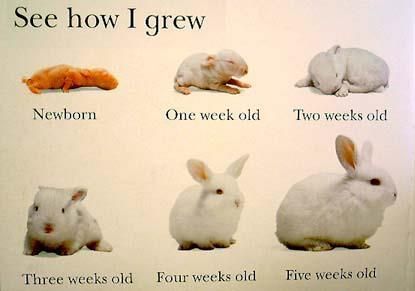 Baby's digestive systems are much more sensitive to changes in food and they are more susceptible to digestive related problems and can go downhill more quickly if they do get sick. Moving home is already a stressful time for a young rabbit so it is best to avoid changes to food at the same time.
Baby's digestive systems are much more sensitive to changes in food and they are more susceptible to digestive related problems and can go downhill more quickly if they do get sick. Moving home is already a stressful time for a young rabbit so it is best to avoid changes to food at the same time.
When you get a rabbit you should ask exactly what food your baby has been eating and make sure you get a supply of the same brand food to start you off. In most cases it will do less harm to continue temporarily with a bad diet e.g. low quality pellets or mix, rather than make a sudden change to a 'good' diet.
If you don't know what your rabbit was fed prior to you getting it or you can't get hold of a supply then the safest option is to start with just hay and water. You can then introduce the other components to their diet gradually.
Ideal diet for young rabbits
The diet of young rabbits and adults is very similar. Hay is the most important component and this is supplemented with dry food (pellets) and fresh foods.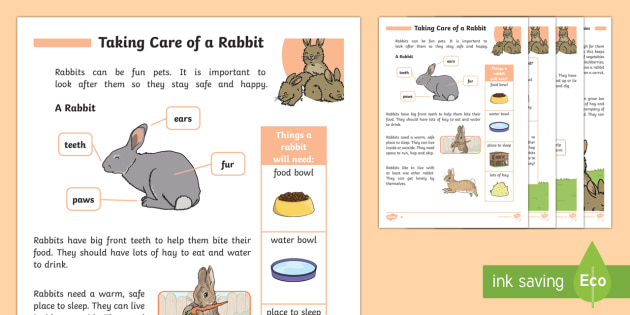 There are a few extra considerations for young rabbits though.
There are a few extra considerations for young rabbits though.
Hay
Like adults, hay should play an important role in young rabbit's diet. Grass hay (e.g. meadow or timothy) is the one food you should introduce from the start, even if your rabbit isn't already eating it. This is the gentlest food on the gut and will provide the fibre needed for the digestive process to function.
Young rabbits can also have alfalfa, which looks a bit like chopped up hay but is made from lucerne rather than grass. It is higher in calcium and protein than grass hay, which is ideal for growing rabbits but too rich for adults.
If you are feeding alfalfa it's a good idea to feed it mixed with grass hay. This stops your rabbits getting so hooked on alfalfa that it's difficult to make the transition to grass hay when they reach adulthood. You should phase out alfalfa at around 4-5 months old.
Learn more about types of hay here
Dry Food
Baby rabbits have higher protein requirements to support their growth, so whilst an adult requires dry food around 12-14% protein, for a baby rabbit around 16% protein is ideal. Many manufactures offer junior versions of their foods specifically formulated with this in mind.
Many manufactures offer junior versions of their foods specifically formulated with this in mind.
The most popular brands in the UK are Supreme and Burgess. Allen & Page is only available in large bags, aimed at breeders rather than people feeding one or two bunnies. Oxbow is also a good brand and very popular in the US, it's more expensive in the UK as it's imported.
| Brand | Fibre | Protein | Ingredients | Cost |
|---|---|---|---|---|
| Supreme Science Selective Junior Rabbit | 19% | 17% | Alfalfa, wheat, soybean hulls... | £3.13 for 1.5kg (£2.09 / kg) |
| Burgess Excel - Junior and Dwarf | 17% | 16% | Grass, Oat Bran, Wheat... | £8.50 for 2kg (£4.25 per kg) |
| Allen & Page Breeder Grower | 18% | 15% | Grass meal wheatfeed, oat feed, nutritionally improved straw.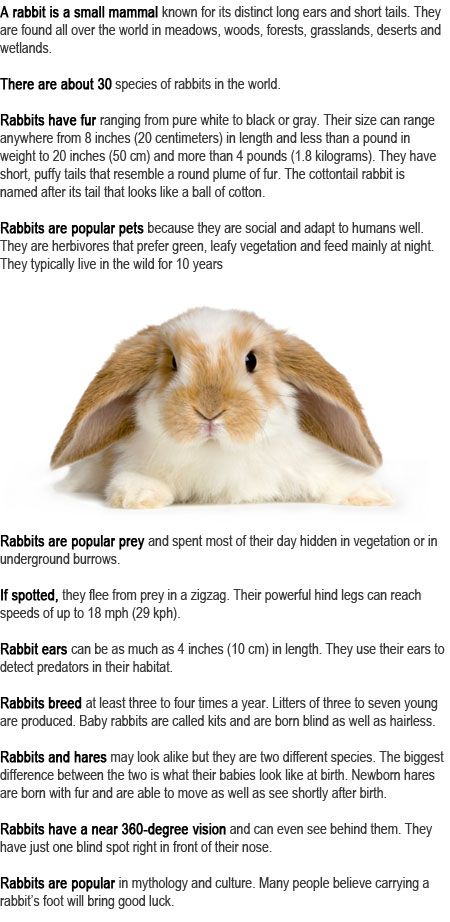 .. .. |
£16 for 20kg (80p/kg) |
| Oxbow Essentials/Bunny Basics - Young Rabbit Food | 22-25% | 15% | Alfalfa Meal, Soybean Hulls, Wheat Middlings... | £11.55 for 2.25kg (£5.13 per kg) |
It's also possible to meet young rabbit's protein needs simply by feeding a larger portion of adult pellets, but it's important to ensure they don't eat fill up on pellets and avoid hay.
Should I feed unlimited pellets?
It's suggested in some books that young rabbits be given unlimited access to pellets but doing this can create issues later on.
As with people, good habits are often formed when young, and it is very important for your rabbit's future health that they get into the habit of eating lots of hay. It's much more difficult to introduce hay to an adult that has not grown up eating it. Pellets are extremely tasty and rabbits often prefer them to hay, so having unlimited pellets available can mean young rabbits eat little or no hay, a habit that can cause dental problems and make them more prone to digestive issues.
Pellets were designed for commercial breeders to make rabbits grow quickly, but in this situation little attention was given to the long term health or lifespan. Remember, wild rabbits grow up just fine on a diet exclusively plant material. Unlimited pellets are not necessary to rabbit's development.
For these reasons, it's a good idea to restrict pellets to a certain extent even in young rabbits, although they can have more than an adult.
How much dry food?
It's difficult to give an exact quantity because it will depend on the nutritional content of the pellets (high or low protein), your individual rabbit's growth, what other foods they are eating (e.g. alfalfa) and their activity levels. I also know though, it's difficult to estimate, particularly if you're a first time owner so as a rough guide 25g per 1kg of expected adult weight for high protein pellets and a little more if you are feeding adult pellets. You can split the feed into two so they are spread out over the day/night.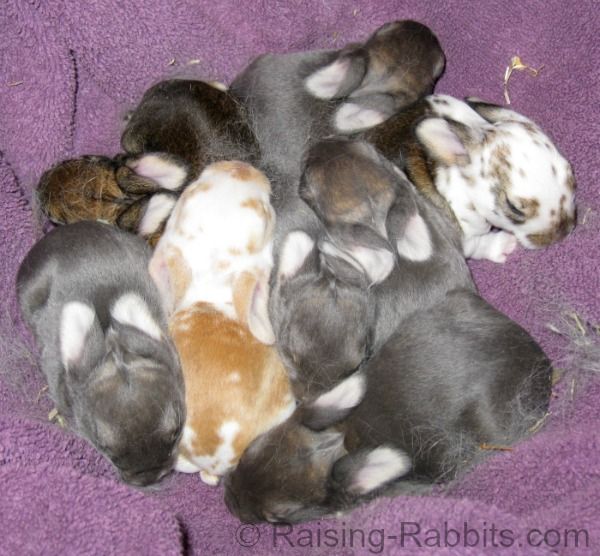
With this as a basis you can observe your rabbit and adjust if necessary. If your rabbit is active and healthy looking, and eating lots of hay you have it about right. If they are not eating much hay or produce soft droppings then reduce the quantity.
Changing dry food
Changes to dry food brands or varieties need to be done gradually over 7-10 days, by gradually reducing the amount of old food and increasing the new. If you have enough of the old food, it's a good idea to allow your rabbit to settle in before making a change, even if the old food isn't great quality.
If you don't have any of the old food, then just gradually introduce the new food over the same period, gradually building up the quantity over 7-10 days. Your rabbit will top up on hay in the interim.
Fresh Foods
When can a baby rabbit have fresh foods?
If you read some old books you might find it suggested that rabbits are not given any fresh foods until they are 6 months old.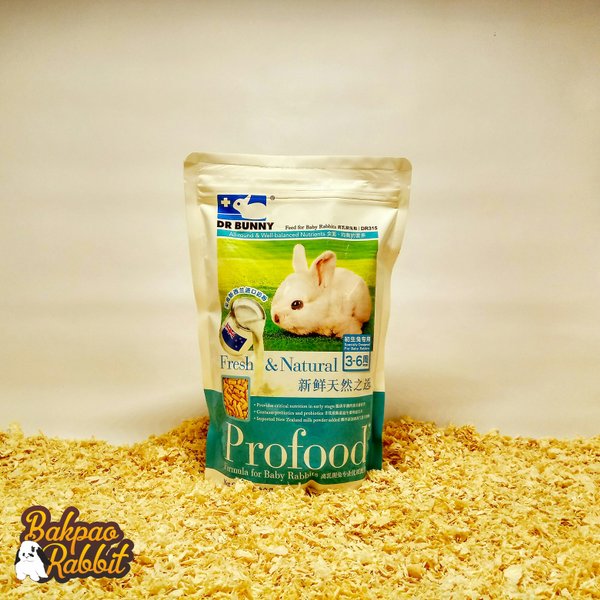 This is an over simplified approach that came about because people would buy young rabbits, often at an age when they should still be with their mum, take them home and feed them things like carrot or lettuce, and then find that they become ill with digestive problems. Telling people not to give any fresh foods was easy to remember and helped bypass these issues.
This is an over simplified approach that came about because people would buy young rabbits, often at an age when they should still be with their mum, take them home and feed them things like carrot or lettuce, and then find that they become ill with digestive problems. Telling people not to give any fresh foods was easy to remember and helped bypass these issues.
However, providing you follow a few simple rules, it's fine to introduce fresh foods to young rabbits.
If a rabbit's mother was fed fresh foods whilst she was raising the litter, your baby will have been nibbling those too and it's fine to continue providing these same foods. The key is to ask what your rabbit is used to and continue that - consistency.
If your rabbit has not access to fresh foods before, then allow them to settle in before introducing new foods so you aren't making lots of changes at an already stressful time. Twelve weeks or two weeks after you've got your bunny, whichever is later, is a good guide. If your rabbit has had any digestive issues then hold off a little longer.
If your rabbit has had any digestive issues then hold off a little longer.
Introducing fresh foods
New fresh foods need to be introduced slowly so your rabbit's gut bacteria can adapt to processing the new food. It's a good idea to introduce one type of food at a time, then if your rabbit is sensitive to one type it's easy to identify and avoid in future.
If you find your rabbit's droppings change from their normal solid round pellets, this is a sign that you may be going too fast or that particular food doesn't agree with them. Stopping the fresh foods for a few days should return them to normal.
What fresh foods for a baby rabbit?
Leafy greens, except lettuce, are best for rabbits for example dandelion leaves, carrot tops, kale, spinach, spring greens, raspberry/blackberry leaves and herbs such as parsley and basil. For young rabbits first introduction to greens it's best to avoid fruits, though these can be introduced as treats later.
Start with small pieces e. g. 2" square as a test as build up the amount and variety gradually.
g. 2" square as a test as build up the amount and variety gradually.
Problems
Keep an eye on your rabbit's droppings, changes in these are generally the first sign that you've gone a little fast with introducing new foods. The most common problem is excess cecotropes - the type of dropping that rabbits usually eat. They are soft and can end up stick the fur or squidged on the floor. They are usually resolved by cutting out fresh foods and reducing dry food for a couple of days so your rabbit eats plenty of hay.
If your rabbit stops producing droppings, refuses food or has watery droppings seek immediate veterinary advice. Young rabbits are very fragile and can become very sick in a matter of hours.
Transitioning to an Adult Diet
Rabbit's grow most rapidly in the first three months of life. At four months you should begin reducing pellets, and if you are feeding a higher protein pellets changing over to adult pellets. If you've fed alfalfa, it's also time to start decreasing this in favour of grass hay. Your rabbit should be on an adult ration by 6-7 months old. Giant breed rabbits mature more slowly and do more growing than small ones so you may want to delay by a month for breeds like Giants and French Lops. Rabbit's will continue to growing at a much slower rate for a few more months, filling out rather than getting larger.
Your rabbit should be on an adult ration by 6-7 months old. Giant breed rabbits mature more slowly and do more growing than small ones so you may want to delay by a month for breeds like Giants and French Lops. Rabbit's will continue to growing at a much slower rate for a few more months, filling out rather than getting larger.
How many times a day to feed the rabbits?
Do you breed rabbits and want them to grow up active and healthy? Then they should be properly fed.
Animals can eat a lot, often and approach the feeders 30 times a day, so you need to follow the feeding regimen. To provide pets with the necessary useful elements, add feed & life from the Ukrainian manufacturer Feed & Life to the menu.
Types of feed
Greens: legumes, vegetable tops (except tomato) and grass. To improve digestion, animals should be fed with wormwood, dill, chicory and yarrow. It is necessary to give rabbits plantain and nettle.
Succulent foods: beets, carrots, potatoes, marrows, pumpkins, cabbages, watermelons and apples.
Concentrated feed: grain (oats, wheat, corn), peas, beans, bran, meal, compound feed.
In summer and winter, the diet is different, but regardless of the season, food should be varied. Pets should be fed at the same time each day. Also, rabbits need to provide constant access to water.
Daily feed intake for rabbits
In order for rabbits to intensively gain weight and develop properly, they must be provided with a complex of useful substances. And for this, you should adhere to the diet and the daily norm of feeding.
The amount of feed that an animal must eat per day is formed depending on the season, sex and age of the individual. So, pregnant and lactating rabbits need more food than when they are at rest. The daily feed intake also increases in the winter months and during the growth of young animals.
If you feed rabbits with compound feed, then one individual per day is necessary:
- young animals - 50-250 g;
- rabbits in mating - 230 g;
- pregnant females (first period) - 230 g;
- pregnant females (after 10 days of pregnancy) - 180 g;
- lactating rabbits - 280-640 g.
With a mixed ration in the morning the animals are given half the daily allowance of compound feed, in the afternoon - hay or greens, and in the evening - the second half of the compound feed.
For the entire fattening period, one animal must eat 10 kg of compound feed (if it is young), 1.8-4.6 kg (female females) and 16 kg (lactating rabbits).
Qualitative indicators of TM "Feed&Life" compound feeds and feeding schemes can be seen in the tables in the "Products" section, in the "For rabbits" subsection.
How to feed rabbits?
Lactating rabbits and young rabbits up to 2.5 months of age should be fed 4 times a day, and young and adult rabbits - 2-3 times.
Feeding in summer
In summer the menu is based on herbs and succulent foods. Rabbits eat well the branches of trees such as birch, linden, pear, apple, maple, willow, acacia, etc. But beets should be given in small portions, as the product causes bloating.
Adult rabbits eat 600 g of grass per day, and rabbits - more than 150 g. Lactating rabbits can eat 2 times more than normal.
Feeding rates
| Rabbits | Greens and succulents (g/day) | Concentrates (g/day) |
| Fattening rabbits | 700 | 70 |
| Males in mating | 800 | 40 |
| Pregnant rabbits | 800-900 | 50-70 |
| Lactating rabbits | 1200 | 70 |
| Young growth 1-2 months | 300 | 20 |
| Young growth 3-4 months | 500 | 45 |
| Young growth 5-7 months | 600 | 55 |
| Resting rabbits | 700 | 30 |
Young animals 1-2 months old should also be given 0. 5 g of salt per day.
5 g of salt per day.
Available
PC 92-1. Grass meal grower, for rabbits 5-14 weeks
Winter feeding
In winter, rabbits are given dry grass, dried vegetables and fruits, roots and twigs. 50% of the diet is grain feed.
Feeding rates
| Rabbits | Dry grass and branches (g/day) | Root crops (g/day) | Concentrates (g/day) |
| Fattening rabbits | 150 | 500 | 80 |
| Males in mating | 150 | 200 | 55 |
| Pregnant rabbits | 180-250 | 200-300 | 70-90 |
| Lactating rabbits | 200 | 400 | 90 |
| Young growth 1-2 months | 50 | 150 | 35 |
| Young growth 3-4 months | 100 | 300 | 55 |
| Young growth 5-7 months | 200 | 400 | 90 |
| Resting rabbits | 150 | 150 | 40 |
Available
PC 90-2.
 For lactating female rabbits
For lactating female rabbits Compound feed for rabbits
As a rule, in summer, greens and succulent feed are enough for animals to get enough vitamins and microelements. The rest of the time, as well as in cases where it is not possible to diversify the diet, mineral supplements should be added to the diet.
Rabbits need nutrients for rapid growth, strengthening immunity and energy.
Compound feeds produced by Feed&Life contain fiber, amino acids and a complex of vitamins and minerals. You can order the product in the online store or by phone, and see the rabbit feeding scheme on the website in the "Products" section.
Types of feed for rabbits
Balanced and easily digestible feed for rabbits TM "Feed&Life" consists exclusively of natural ingredients and provides complete nutrition of animals, supplying their body with nutrients.
The online store offers the following types of compound feed:
- PK 92-1 – grower for individuals 5-14 weeks old.
 Designed for fattening animals and can be fed up to slaughter. The product contains barley, grass flour, oats, wheat, meal, bran, chalk, salt, etc. The compound feed provides a rapid increase in mass and a good coat.
Designed for fattening animals and can be fed up to slaughter. The product contains barley, grass flour, oats, wheat, meal, bran, chalk, salt, etc. The compound feed provides a rapid increase in mass and a good coat. - PK 90-2 - for rabbits during lactation. This dietary feed helps to improve metabolism, increase milk production and increase the nutritional value of milk. The composition contains: barley, grass flour, wheat, oats, meal, bran and other substances.
- PK 90-1 - food for female rabbits. The product helps to maintain the weight of the rabbits, increase the number of litters and get viable and well developed young. Compound feed consists of barley, grass flour, oats, wheat, sunflower meal, bran and vitamin and mineral top dressing.
How to feed rabbits at home in winter and summer
Contents:
- Types of feed for rabbits
- Types of feeding rabbits
- What to feed the young?
- How many times a day do you feed rabbits?
- How to feed rabbits in winter and summer?
- What can't rabbits eat?
- VIDEO - My rating (TOP5) of meadow grasses for rabbits
Rabbits are bred for meat, fur or for ornamental purposes.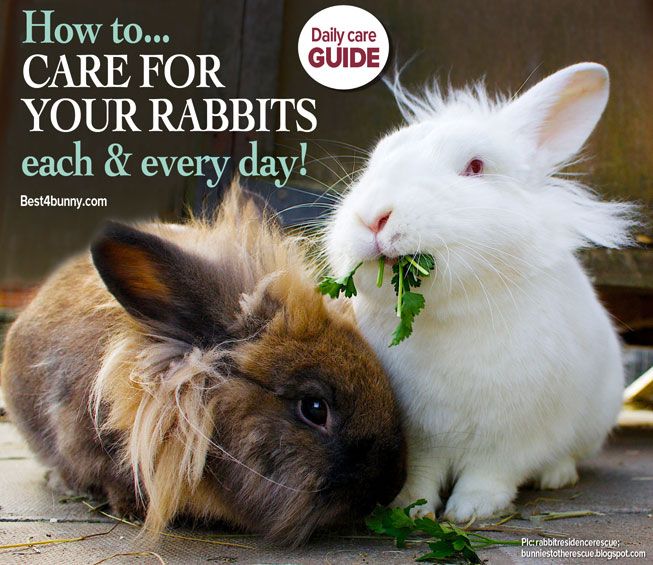 But in order for the animal to fully meet the needs of the breeder, he needs to eat right. Bad food, non-compliance with the regime negatively affects the animal and its productive qualities. How to feed rabbits at home, when and in what quantity will be described below in the article.
But in order for the animal to fully meet the needs of the breeder, he needs to eat right. Bad food, non-compliance with the regime negatively affects the animal and its productive qualities. How to feed rabbits at home, when and in what quantity will be described below in the article.
Types of feed for rabbits
The first thing to understand is what types of feed are available. Knowing what you can give an animal, you can understand how to feed rabbits, what is everyday food for them, and what is a treat.
This is the basis, what can be fed to rabbits every day. But besides that, they also need animal fats. They can be found in meat meal, whey, buttermilk, fish oil. Usually they are simply mixed into the feed in small amounts of 1-3% of 100% of the daily feed intake.
Salt, chalk, bone meal replenish the norm of minerals in the body of rabbits, so they, like the animal food described above, are added to feed daily (1-1.5% of 100% of the daily feed intake) or given separately.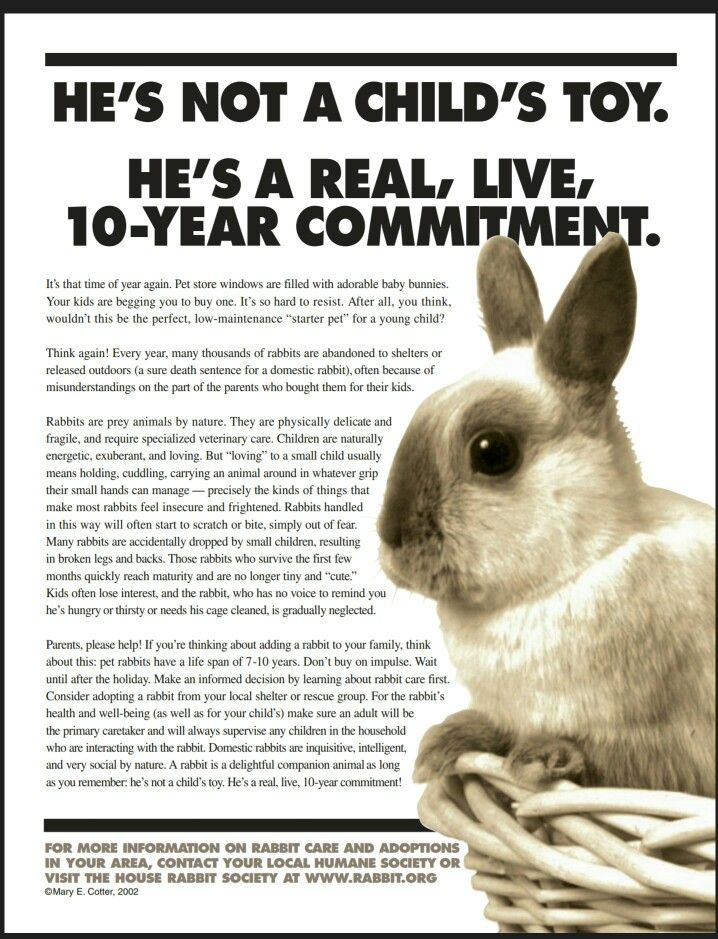 So chalk and lick salt can simply be attached to the cage, the animals will eat them as needed.
So chalk and lick salt can simply be attached to the cage, the animals will eat them as needed.
Types of rabbit feeding
Knowing how to feed rabbits at home, you can make a daily ration, but first you need to decide on the type of feeding. There are two methods of feeding rabbits.
Dry feeding involves feeding an animal dry mixtures of cereals and compound feed
- Dry feeding involves feeding an animal dry mixtures of cereals and compound feed. Hay, mineral supplements, meat meal, fish oil are also given (mixed into feed). Green food is given in small amounts in summer, spring and autumn (just to replenish the supply of nutrients), and carrots and fodder beet are fed from succulent food. That is, only what the animal needs is given, without treats and excess.
- Mixed feeding implies a higher proportion of succulent and green foods in the animal's diet. As a rule, a balance is maintained, where all types of feed are present in the diet in almost equal amounts.
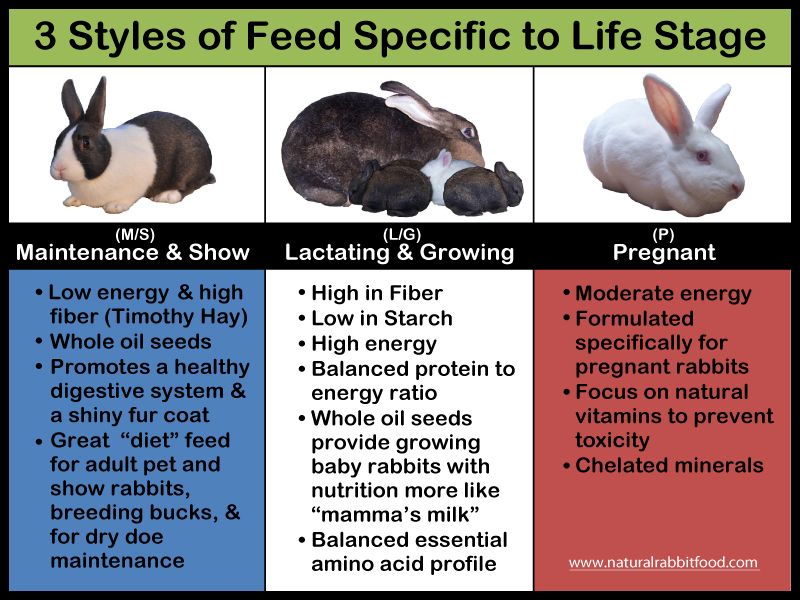 Some breeders steam concentrates and roughage by making wet mashes. Of course, soft grains are easier to eat, but rabbits do not always agree to eat wet cereals; dry food is more familiar and healthy for them. So it is recommended to steam food only for young and sick rabbits if it is difficult for them to eat dry mixes.
Some breeders steam concentrates and roughage by making wet mashes. Of course, soft grains are easier to eat, but rabbits do not always agree to eat wet cereals; dry food is more familiar and healthy for them. So it is recommended to steam food only for young and sick rabbits if it is difficult for them to eat dry mixes.
When feeding dry, it is very important to have fresh water available at all times, as the consumption of large amounts of dry food can make the animal very thirsty. In the case of mixed feeding, fresh water in the drinker is also important, but the animal will drink less, because his diet will have more juicy and green food, which already has a lot of water.
What to feed young animals?
With the diet of adult animals it is clear, but what to feed young rabbits? Young rabbits are fed with the same products as adults, they only give compound feed specifically for young animals.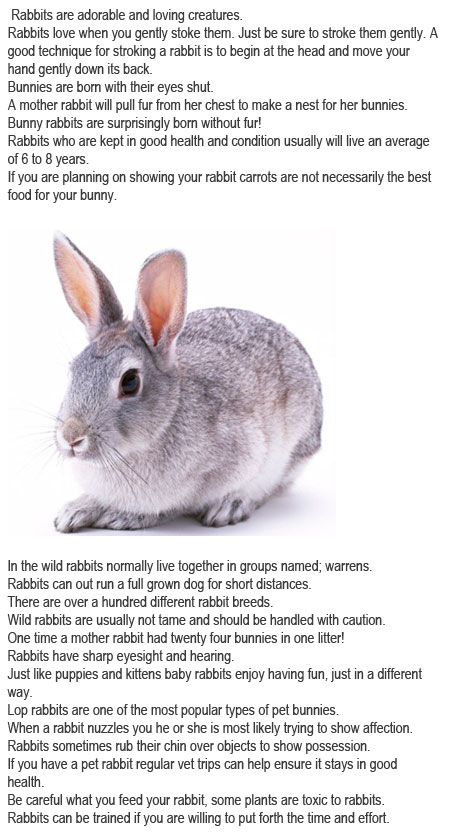 There are also some important points that a breeder should be aware of.
There are also some important points that a breeder should be aware of.
Young rabbits are fed the same products as adults, only feed is given specifically for young animals.
How many times a day should rabbits be fed?
Rabbits can eat a lot in a day and at different times, but it is worth giving them food strictly at certain hours and a certain number of times so that they get used to one time. In this case, the gastric juice will be most actively produced at a certain time and there will be no problems with digestion in animals.
Baby rabbits and adults are usually fed 2-3 times a day
Baby rabbits and adults are usually fed 2-3 times a day.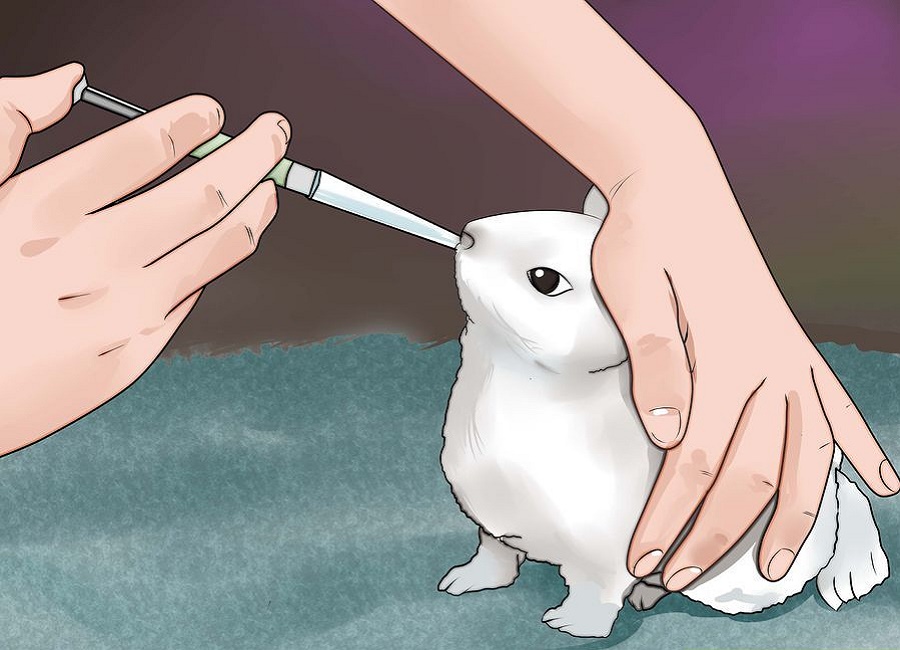 All daily feed is divided by this amount and fed. Pregnant and lactating females need to be fed 4 times, since the female must eat not only for herself, but also for her rabbits.
All daily feed is divided by this amount and fed. Pregnant and lactating females need to be fed 4 times, since the female must eat not only for herself, but also for her rabbits.
How to feed rabbits in winter and summer?
Feeding rabbits at home in winter and summer is slightly different. Many breeders forget about this, but in winter they need a lot more vitamin, minerals and nutrients. Then what to feed the rabbits in winter? All the same, but in greater concentration. Below is an approximate table of the daily allowance for rabbits, depending on the age and position of the animal.
| Age group | Summer | Winter | |||||
| Green food, g | Conc. feed, g | Salt, chalk, g | Hay, g | Juicy food, g | Conc. feed, g | Salt, chalk, g | |
| Fattening rabbits | 700 | 70 | 1 | 150 | 500 | 80 | 1 |
| Rabbits at rest | 600-700 | 30 | 1 | 150 | 150 | 40 | 1 |
| Male in mating season | 800 | 40 | 1 | 150 | 200 | 55 | 1 |
| Female female | 800 | 40-50 | 1 | 175 | 200 | 60 | 1 |
| Young female mother (covered at 4-7 months) | 900 | 50-60 | 1 | 250 | 300 | 70 | 1 |
| Lactating females | 1200 | 60-700 | 1. 5 5 | 200 | 300-400 | 85-90 | 1.5 |
| Young growth: | |||||||
| 1-2 months | 300 | 20 | 0.5 | 50 | 100-150 | 35 | 0.5 |
| 3-4 months | 500 | 45 | 0.5 | 100 | 300 | 55 | 0.7 |
| 5-7 months | 600 | 55 | 1 | 150 | 350 | 75 | 1 |
As you can see, the table does not indicate the norms of roughage for the summer. The reason is that it should always be available in the rabbit cage. A branch of any tree is fixed so that the animal can gnaw it, sharpening its teeth. And hay can be put either on the floor or behind a cage close to the wall (there are special devices for this), so that the rabbits get it and eat it as needed. As for succulent food, it is given more as a treat in the summer.

